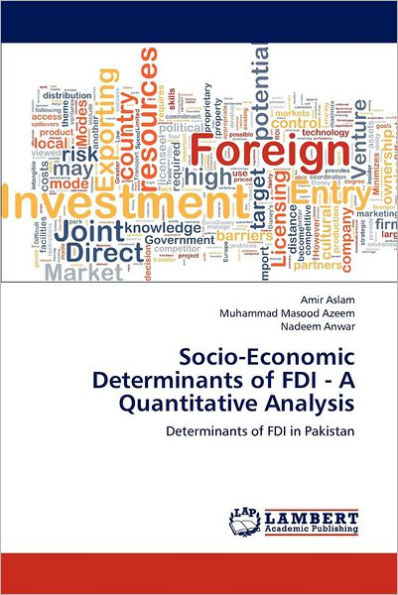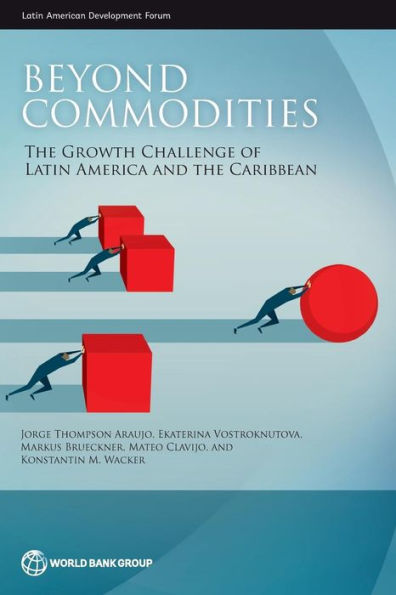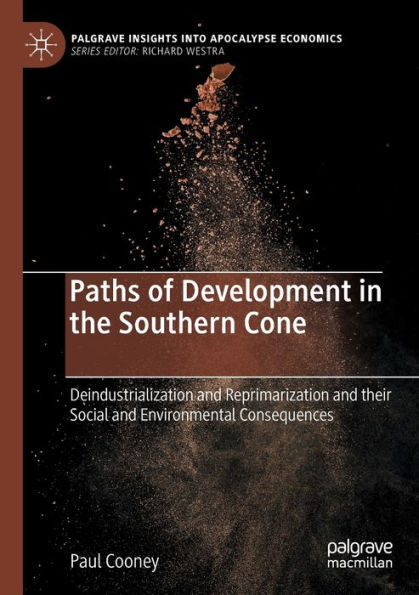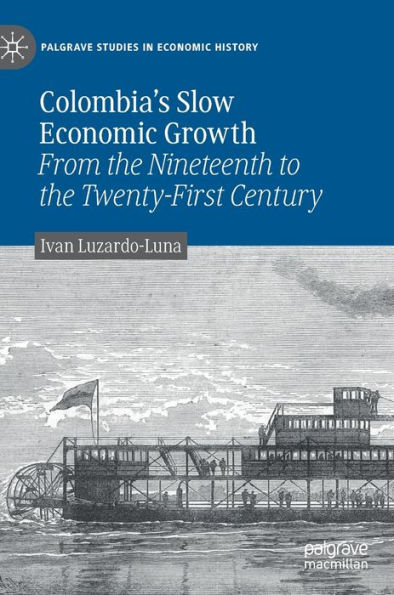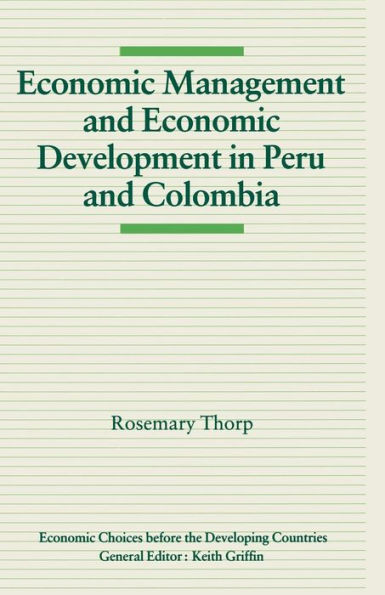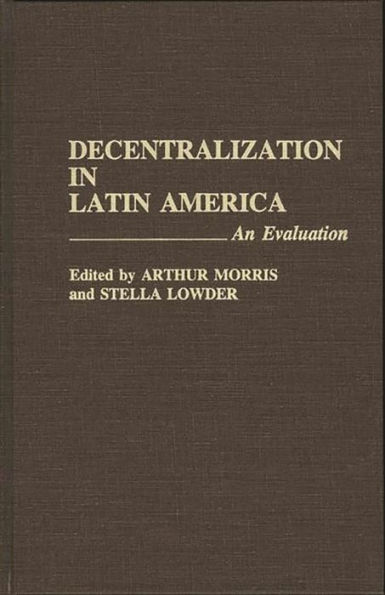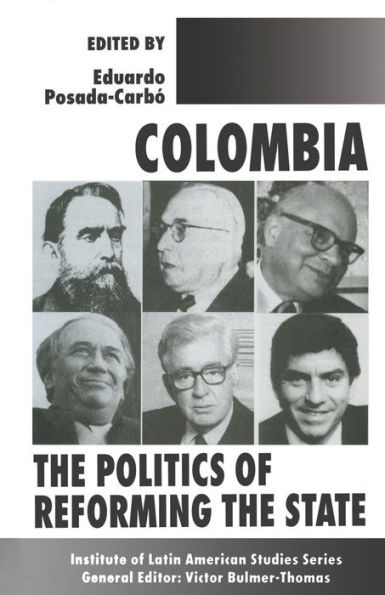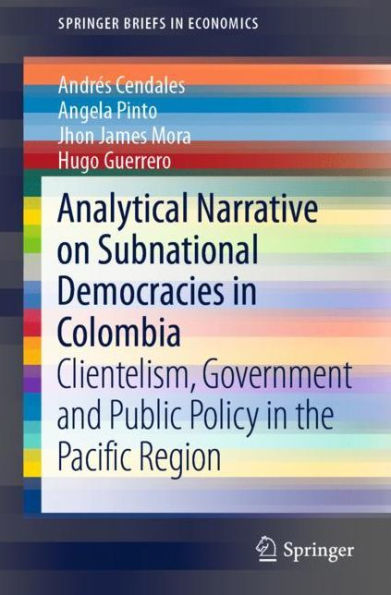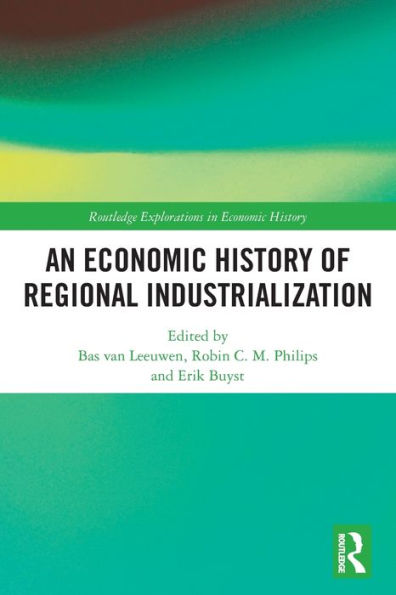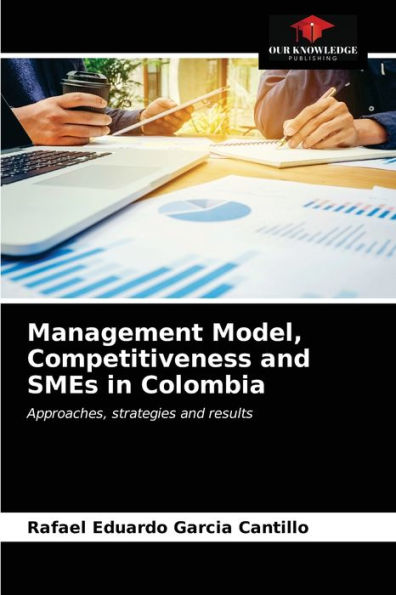Home
Deindustrialization in Colombia: Quantitative Analysis of Determinants


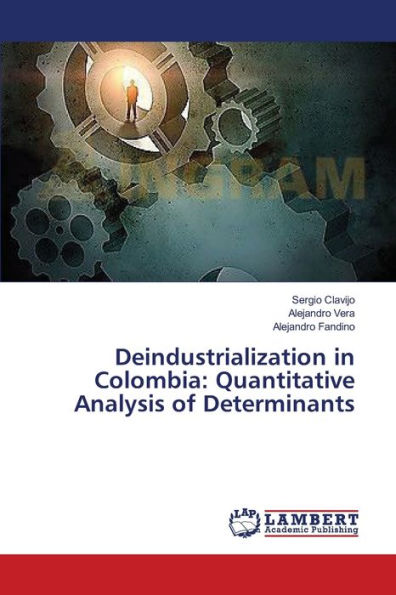
Deindustrialization in Colombia: Quantitative Analysis of Determinants
Current price: $25.81
Loading Inventory...
Size: OS
This document looks at the deindustrialization process in Colombia during 1965-2012, attempting to distinguish between "secular movements" (normal) from factors that have accelerated its process as a result of the Dutch Disease. This is a case of accelerated deindustrialization, where the Industry Value Added/GDP ratio has fallen from almost 25% during the mid-seventies to 20-22% in the eighties and now reaches a mere 12%. This deindustrialization has been linked to: i) structural difficulties in the provision of basic services (energy, telecommunications, roads), and ii) the effect springing from the energy-mining boom, accompanied by a costly labor force and a rampant appreciation of the exchange rate, thus giving support to the DD hypothesis. On the econometric front, the VEC model supports the DD hypothesis for the period 1970-2010, as compared to the alternate hypothesis of "secular" deindustrialization. This is usually explained by the expansion of the services sector (due to relative gains in productivity and "modernization") and the level of development (gains in GDP per capita), which are typically linked to the developed world.
